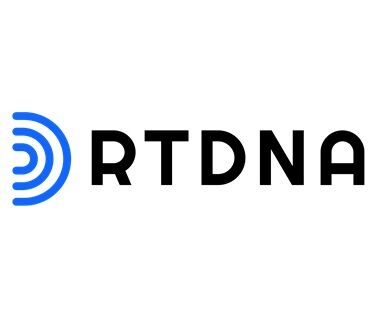Radio News Salaries Up Just 0.4% In 2021, With Non-Comm Pay 'Substantially Higher.'

According to a survey conducted by Radio Television Digital News Association, in conjunction with Syracuse University's S.I. Newhouse School of Public Communications, wage increases for local radio news employees have fallen steadily since 2019, from 4.5% that year, to 0.9% during COVID-challenged 2020, to just 0.4% in 2021. When factoring in 7% inflation, real wages fell by 7.3% this past year.
At local TV stations, 2020's 3.5% wage increase dropped to 1.1% in 2021, with an inflation-adjusted 5.9% decline, so nowhere near as drastic as at local radio.
RTDNA's and Newhouse's study, which was conducted during fourth-quarter 2021 among more than 750 radio news directors and general managers representing 2,310 stations, and more than 1,300 television stations, shows that on the radio side there's a significant difference in salary level at non-commercial vs. commercial stations. “The vast majority of non-commercial stations in the survey are in large and major markets, so we compared commercial and non-commercial salaries only in the two largest market groups,” the report says. “[While] not a clean comparison, there’s no question that non-commercial salaries are higher than commercial salaries, substantially higher.”
The survey results show that median starting pay for radio news hires increased 6.7%, up $2,000 to $32,000, with average starting pay up 3.7%, up $1,200 to $34,000. “Perhaps reflecting difficulty in hiring, starting pay rose at a much higher rate than salaries generally,” the report says. “Either way, it beats the 0.4% increase in radio overall, but not the 7% rate of inflation.” According to RTDNA, the reverse was the case for TV, where both average and median starting pay were up just $100 vs. a year earlier, or 0.3%, compared to a 7% inflation rate.
Based on the study's observation of the relationship between radio salaries and market size, it found what was expected, that the bigger the market the more the pay, with higher salaries as staff size increases. RTDNA found that salaries in the Northeast and West were higher than in the South or Midwest, but that the number of stations in any local group has no consistent impact on salaries. On the TV side, though, the largest jumps in salary were in markets 51-150, where two-thirds or more of the news positions saw pay increases, while 60% of the median salaries decreased from the prior year in market 1-25, with three-fourths down in 26-50.

0 Comments:
Post a Comment
Subscribe to Post Comments [Atom]
<< Home